I used to have over 10 different wine apps on my smart phone, until it broke last year. I reset the system, and after three months I was shocked to realise that I had survived without re-installing any wine-related apps.
As a fairly senior person working in the wine business, I should possibly feel deeply ashamed and sorry for this. But it made me think - do we really need wine apps on our phones?
In the country with the highest number of smart phones and most mobile internet usage (over 600 million people use the internet on their phone), we are bound to provide an answer to that question.
To begin with, I would categorise existing wine apps into three types based on their functions: information provider, social communicator and product seller.
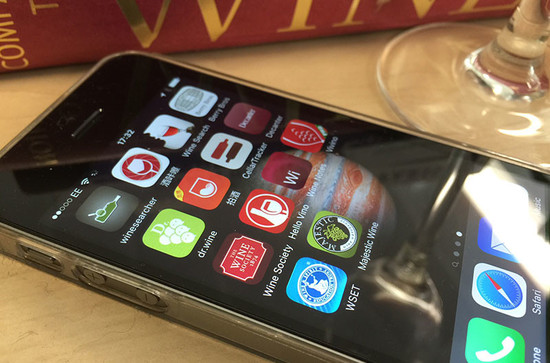
Information provider - Wine Searcher (WS)
This type of wine app offers the basic information of wines, prices and user comments. The Wine Searcher app is arguably the most famous among them; its key function lies in price searching, supported by details of the wine and stockist options. The app combines a comprehensive wine database with global stockist pricing information, thereby offering an efficient solution to consumers’ price comparison needs. It has increasingly become a key reference point for wine pricing.
Wine Searcher was the wine app I used most before my phone broke (I’m determined to re-download it after I finish writing this article). It is undoubtedly important—sales people in China would even describe a price as ‘lower than the WS average’ to make a sale.
For consumers, WS offers the edge on pricing transparency. But it’s worth noting that prices on the WS are international retail prices, and therefore they don’t include the import tariffs and transport fees that occur when these wines enter China.
If such an app is necessary and useful, how many of these do we need in our phone? I think the one with the most complete wine database and accurate pricing information is more than enough.
In this sense, perhaps Wine Searcher is currently the app of choice. I could imagine that every time WS launches a new language, a bunch of local apps must be crashed out of the market. But I wonder how does Wine Searcher make its profit? For me there seem to be few options other than charging an intermediary fee from stockists, or selling advertisements.
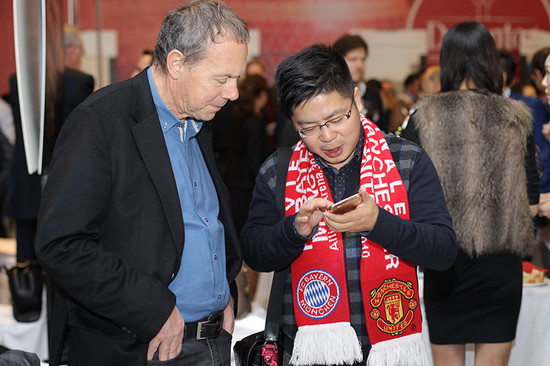
Information provider - Vivino
Another well-known wine app is Vivino (
www.vivino.com). With this app you can scan a wine label to access basic information, as well as comments from other users. There are already several similar apps in existence in the Chinese market, including Dr. Wine, 9Kacha酒咔嚓 and Snapwine拍酒.
Their competitive edge lies in their impressive database and fast image recognition. It obviously requires higher level of technical support - as Vivino claims to have recorded information of 1.5 million wines, and its label recognition function usually feeds back the results within 2-5 seconds. In addition it offers manual support for trouble-shooting.
‘Nice to have’ vs ‘need to have’
For this type of app, it is important for them to collect a high volume of useful consumer comments. Here are my reasons.
For consumers, being able to always get the basic information for a wine is something ‘nice to have’, rather than a vital need.
Many companies have already tried to fulfil that ‘nice to have’ desire. Baidu, the Chinese equivalent of Google, has its own image recognition function. Tencent’s WeChat and Alibaba’s Tmall app also have their own imbedded image scan-and-recognise programme.
For these internet giants, building a database and developing the relevant technology is a piece of cake. Specialised wine apps can only succeed by paying attention to their consumer reviews. Perhaps this would be aided by transferring user comments from apps such as Cellar Tracker to their own database.
That alone is something very difficult to achieve in today’s China. Although we have been reading reviews on Dianping.com, and have been encouraged to leave comments by Tmall for years, we’re still not in the habit of giving feedback. Many consumers think that they’re not obliged to help a merchant if there’s nothing in it for them. We need more time to convince people that making the good merchants’ life easier can help to drive away the bad merchants.
Social communicators
At present, I can’t think of a successful specialised app that really works for the community of wine lovers.
People usually get to know each other via something in common, and gradually expand their social circles from there. Therefore, the most efficient social experiences happen on a comparatively equal basis, and on a much wider ‘stage’ than a small personal circle.
The wine market is niche - for Chinese consumers to enjoy wine and blend into the wine community, they need some wine knowledge, and have to be willing to spend a certain amount of money. Not everyone is up for the challenge.
It’s almost impossible for a specialised wine app alone to ‘rejuvenate’ the wine community. Even for hyper social platforms such as WeChat, it’s difficult to form a community of wine lovers that’s large enough. So how can a specialised app make it work?
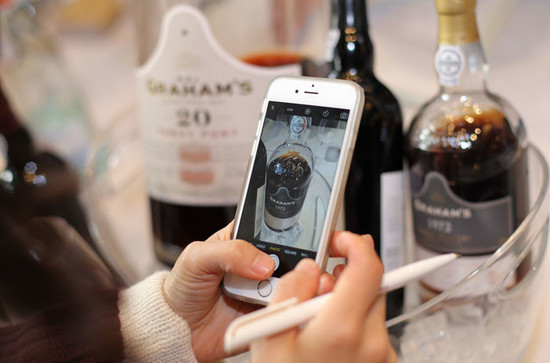
Product seller
The last category of wine apps is simple—they help consumers to buy wines and solve their immediate needs.
This kind of app is mainly designed by online wine and spirits shops. They are created with the idea that Chinese wine lovers can access it whenever they need a bottle of wine, to quickly find the bottle they want and buy it immediately.
This type of app is more passive; they cannot easily encourage consumers to access it, unless they are in need of a bottle of wine. These apps lack a human element, which makes them unattractive when consumers need personalised and detailed recommendations.
Under the attack of mass online shops, it’s getting more and more difficult for specialised shopping apps to sustain their business.
As the bigger players are offering more wines to sell, more competitive prices and more efficient delivery options, I fear that the market for specialised wine apps may soon be absorbed by the bigger platforms.
My tips
Now, time to check your smart phone and see how many wine apps you have. Remember the last time when you accessed one? If not, possibly it’s time to delete them once and for all.
If after reading this article, you still insist on creating a new wine app, here’s my personal tip:
Although the iPhone only takes up 20% of the mobile phone market in China, over 50% of mobile wine purchase came from iOS devices - and with comparatively higher spending. Therefore, if you indeed want to develop a new wine app, starting with iOS may be the wise thing to do.
Translated by Sylvia Wu / 吴嘉溦
All rights reserved by Future plc. No part of this publication may be reproduced, distributed or transmitted in any form or by any means without the prior written permission of Decanter.
Only Official Media Partners (see About us) of DecanterChina.com may republish part of the content from the site without prior permission under strict Terms & Conditions. Contact china@decanter.com to learn about how to become an Official Media Partner of DecanterChina.com.


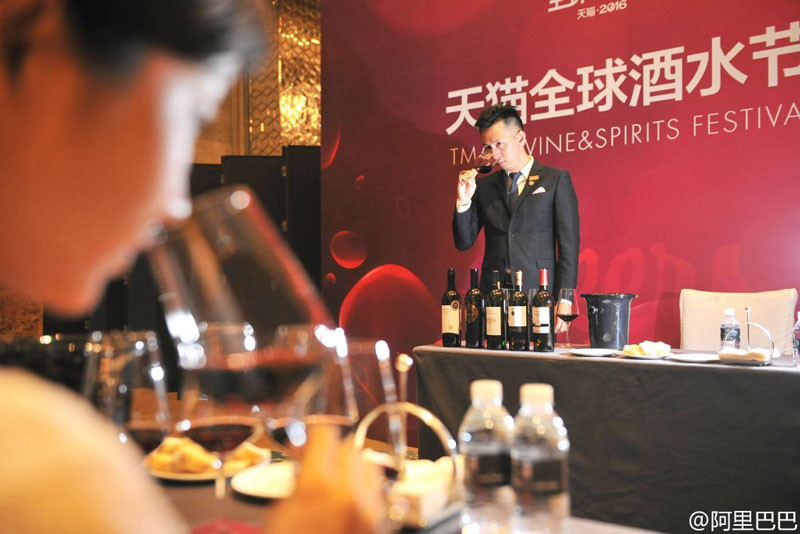
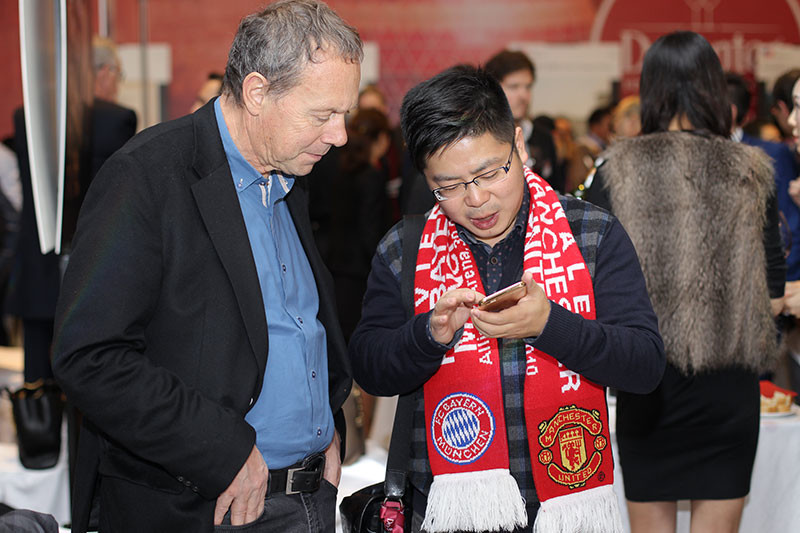
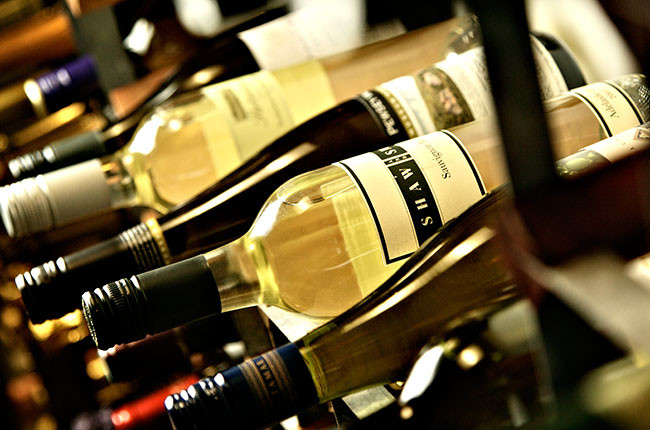
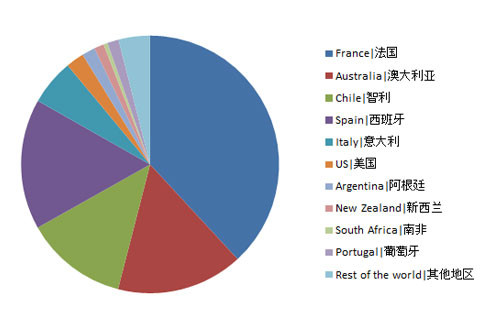
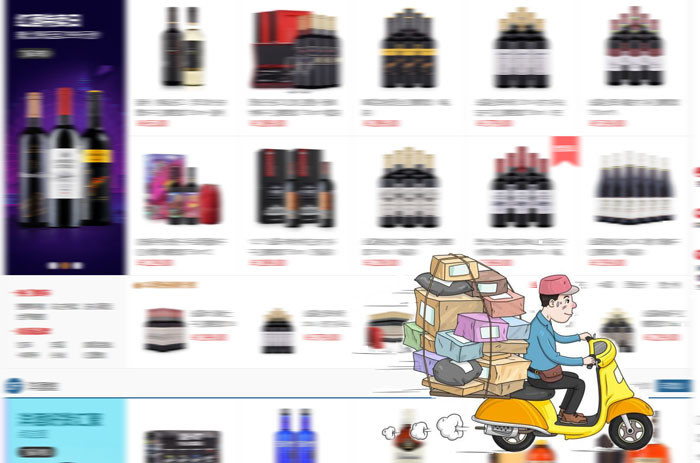


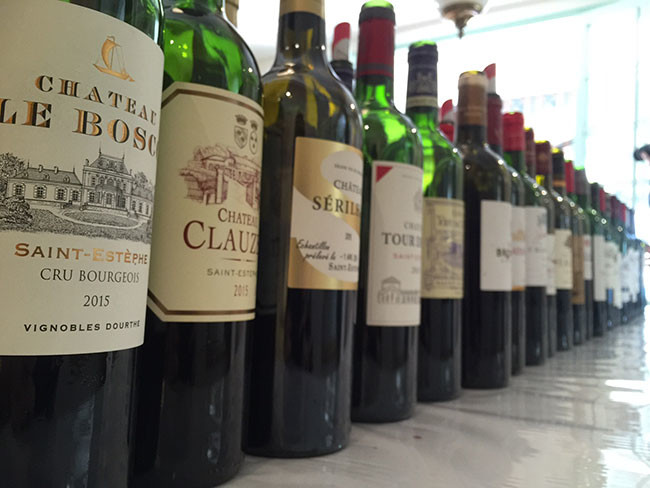


Comments
Submit